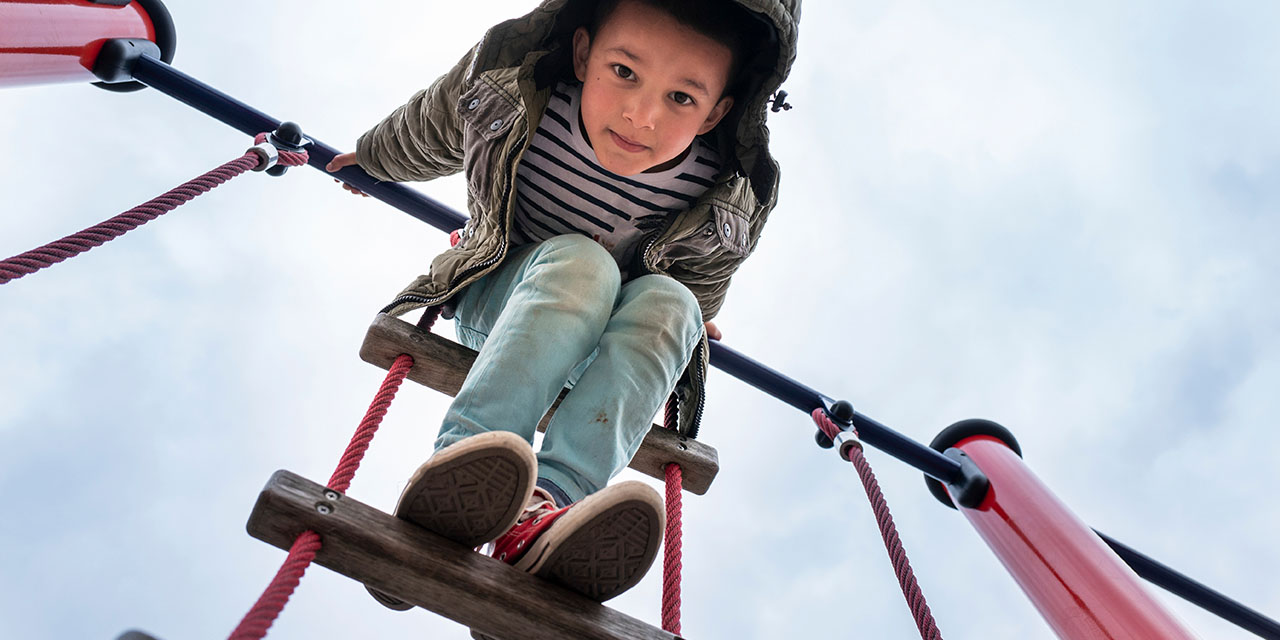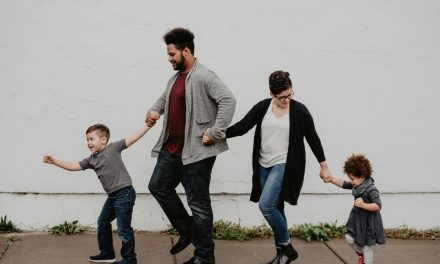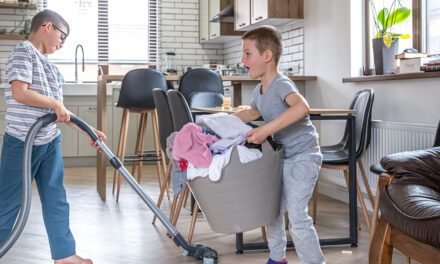You can never be too careful when it comes to keeping kids safe at home. Falls, burns, poisoning, and drowning are the top culprits for children's injuries, so you've got to stay on top of things.
These accidents usually happen because of everyday hazards that are easy to miss. For instance, if you've got shaky stair railings or windows that aren't secured, you're looking at a fall waiting to happen. And watch out for hot stoves or outlets without covers – they can lead to nasty burns. Watch out for common household items like cleaners and meds too; they can trigger poisonings. And never forget about the dangers of unsupervised swimming pools or baths for potential drowning incidents.
To keep your little ones safe, you've got to childproof your home like a pro. Take charge by setting up safety measures. Furthermore, make a point of educating your kids on the dos and don'ts. It's all about creating a secure environment that minimizes the risk of childhood mishaps. Let’s look at possible home accidents in more detail:
Falls
You need to prioritize safety to protect your children from falls at home. Implement safety measures to prevent accidents and create safe play areas where your little ones can explore without any dangers. Here are a couple more tips to consider:
- Pay close attention to potential hazards like slippery floors, loose rugs, and unsecured furniture. All these could easily cause falls.
- Make sure to install safety gates at the top and bottom of the stairs. At the same time, lock windows securely to prevent children from climbing out.
- Childproof cabinets with dangerous substances. Also, keep toys and objects away from staircases to ensure safety.
Always supervise your children during playtime to prevent accidents and teach them to avoid rough play near edges or tall furniture. Consider enrolling your children in child safety training programs. This equips them with the knowledge and skills to identify and reduce fall risks effectively.
Burns
You need to be mindful of burns when it comes to children. To keep those little ones safe, make sure you're using childproofing measures. Similarly, use safety gear and child safety products to lower the risk of burns and create a secure space for kids.
Certain things can lead to burns in children. These include hot liquids, fire accidents, electrical gadgets, and touching hot surfaces. If you want to prevent these burns, consider these hacks:
- Installing childproof locks on stoves
- Keeping matches and lighters out of their reach
- Always watch them near anything hot
And don't forget to store sharp objects, like knives and scissors, in locked cabinets. This lessens the chances of cuts and burns.
It's also a good idea to teach kids how to spot and steer clear of things that could cause burns. This ensures that they always stay safe.
Poisoning
You need to be vigilant about protecting your children from the dangers of poisoning. You can achieve this by:
- Implementing childproofing strategies
- Using safety equipment
- Providing child safety training to prevent them from being exposed to harmful substances
Your home is filled with potential poisoning hazards. These include household chemicals such as cleaning products, medications, pesticides, and even certain plants.
To keep these toxic substances out of reach, store them in locked cabinets or high places where children can't access them. Always ensure that chemicals are clearly labeled and never transfer them to food containers to avoid accidental ingestion.
Follow safety protocols such as wearing gloves and masks when dealing with chemicals. This is crucial to minimize the risk of exposure.
Educating your children about poison prevention using interactive activities and simulations can also help. It equips them with the knowledge they need to protect themselves in case of emergencies.
Drowning
Drowning is a serious concern when it comes to child safety.
That's why you need to take water safety seriously. Keep a close eye on your kids, and make sure they know how to swim. Moreover, always have them wear life jackets around water to prevent any accidents.
As a parent or caregiver, you play a vital role in keeping children safe from the dangers of drowning. Teaching them to swim early, making sure they have life jackets on near water and never leaving them alone by pools or any water body are key steps.
Enrolling your children in swimming lessons can really lower the risk of drowning incidents. Look into child safety programs that focus on preventing drowning. Such courses are great for equipping kids with the knowledge and skills needed to stay safe around water. For more insight on child safety at home, check out our website, Marvelus Kids.









